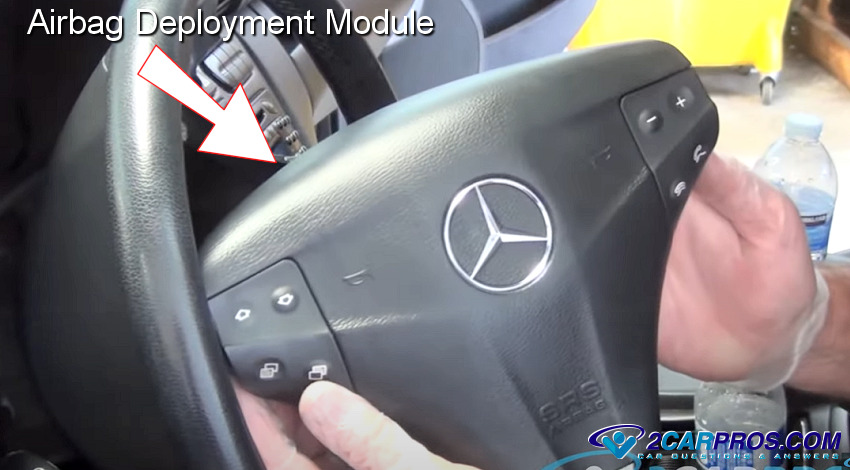You're describing the "death wobble". There's two things to consider when diagnosing the cause. The first is one of the three main alignment angles called "caster". The easiest way to visualize caster is to look at the front fork of a bicycle and how it is angled rearward at the top. That angle is what lets you ride no-handed and the bike keeps going straight. On cars, caster reduces the steering system's tendency to wander at highway speeds, and it is what makes the steering system come back to center after you go around a corner. If too little caster is adjusted in during the alignment, you'll have to pull the steering wheel back to center all the time, and that gets very tiring very fast.
Jeeps, and a few other models of cars call for unusually-high caster settings, in the order of seven to eleven degrees. Typical for most other car models is around three degrees. The higher caster is needed for some models, but if it gets too high, when the steering system is ready to come back to center, it comes back so fast that it overshoots and continues on the other way, then that repeats over and over. Road forces on the tires add energy to the oscillations, so the shaking continues until you slow down.
In your case, unless the vehicle has just been aligned, caster did not change on its own. Something else had to change when this problem started occurring. The most likely suspect for that is the steering damper. That looks like a regular shock absorber, except unlike a shock absorber, steering dampers extend and retract with equal force in both directions. (Shock absorbers need a lot of force to pull apart. That helps prevent tires from dropping into potholes, and they retract very easily so tires going over bumps don't shove the body up and cause an uncomfortable ride).
The steering damper is shown in this photo. It is connected on one end to the steering linkage, and on the other end to the frame or cross member. You can usually see it if you lay on the ground under the front bumper. Diagnosis mainly consists of inspecting it for signs the oil has leaked out. It will be wet, or the oil will have dried off after the assembly became caked with mud and road dirt. Once that oil has leaked out, it can't perform its damping function. It is also possible for them to be punctured when driving off-road, although that damage is also usually accompanied by dents to the assembly that prevents smooth and free movement. You'll feel that as binding in the steering system.
Also check out this article for other causes of shaking under different conditions:
https://www.2carpros.com/articles/steering-wheel-shakes-when-accelerating-or-braking
Image (Click to make bigger)
Wednesday, July 8th, 2020 AT 6:09 PM



